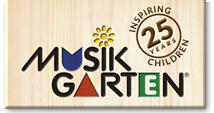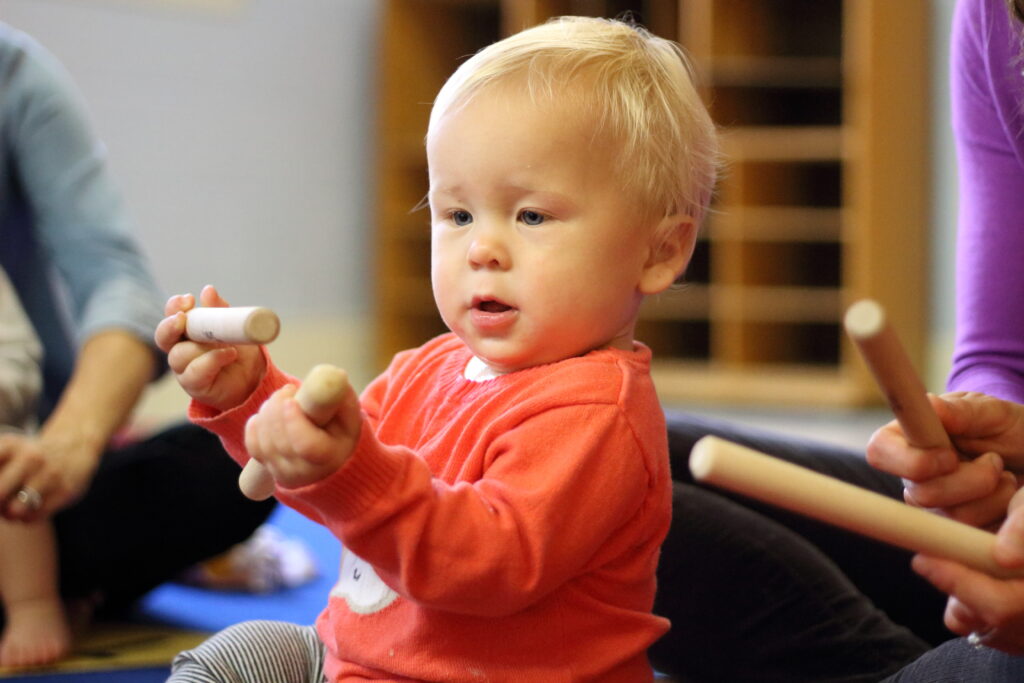March 20th marked the first day of Spring, as the sun officially crossed the equator. Figuratively, this has been a long winter for most of us. But with Covid vaccinations accelerating and the CDC releasing new guidelines for operating schools, there are more and more options for children’s music teachers to resume in-person classes. But, some music studio owners may not have the room to safely resume classes within CDC guidelines. However, with warmer weather approaching, there are some alternative places to consider for resuming classes which can also offer a good environment for teaching music:
Virtual Children’s Music Classes
It’s important to first mention that online classes are still an option. Many teachers have been successfully conducting virtual music classes throughout the pandemic, although it comes with its challenges. Although most teachers will agree this is not an ideal environment, some parents and studio owners will decide that they would prefer to wait a bit longer to return to the classroom.
Teach Children Music Outdoors
With warmer, sunnier days ahead, children’s music studio owners may choose to resume in-person classes outdoors as an alternative. As we know, nature teaches us about music in many ways, and in turn, music helps connect children with nature. Nature has inspired many great artist and composers over the years, and Spring is especially vigorous with new life and an orchestra for the senses. However, finding an outdoor space with enough room and quiet can be the tricky part. Here are some ideas for outdoor venues for conducting safe in-person music classes for children.
- Parks and/or Public Spaces – Public parks and spaces are designed to accommodate many people while providing open space to all. Whether it’s a center city park that has a green lawn, or a covered picnic area in a municipal park, the open air and distance these provide can present a good opportunity for a fun and exciting return to music class. While most will allow, its always a good idea to check your local parks and recreation department to see if any permits are required.
- Churches or Community Centers – Many local churches will have covered areas for outdoor worship, and are happy to grant permission to conduct a music class. You may even find an opportunity to offer faith-based children’s music classes to their congregation. While community centers are often operated by the same municipality as parks, some have independent management that administers schedules for picnic areas and other spaces. You can usually find out online, or by asking someone who is working at the facility.
- Backyards – Some studios owners may have their own beautiful backyard space with plenty of room to conduct classes outdoors. Teachers also may consider reaching out to parents to see who would be willing to offer their yards or natural space. Or, it might be fun to rotate classes between different backyards, offering a new environment to explore for each class.
Teaching a Hybrid Children’s Music Class
One challenge for studio owners is that while they may have decided to once again conduct in-person classes, some parents who are engaged with online music classes will remain uncomfortable with the idea. There are many educators who are currently conducting in-person classes along with an online option, which poses its own set of challenges. It’s hard to provide the best advice on whether to offer this option or not, so communicating well with parents is key to understanding what is suitable in a specific situation.
As society continues to incrementally loosen its restrictions and Spring brings more opportunities for warm weather and outdoor music instruction, children’s music education teachers and studio owners have greater options for how to resume to in-person classes for their students. Working within recommended guidelines and close communication with parents is important to ensuring a smooth and safe transition back into the classroom.






